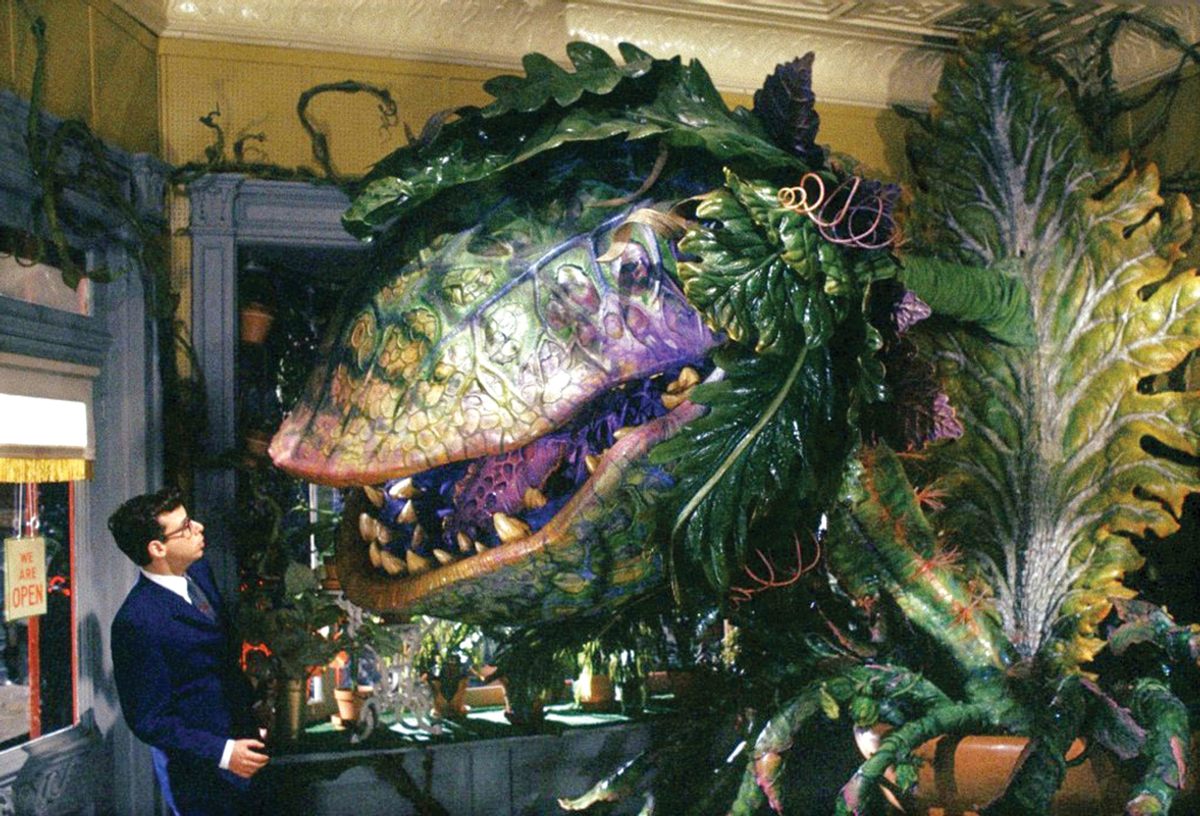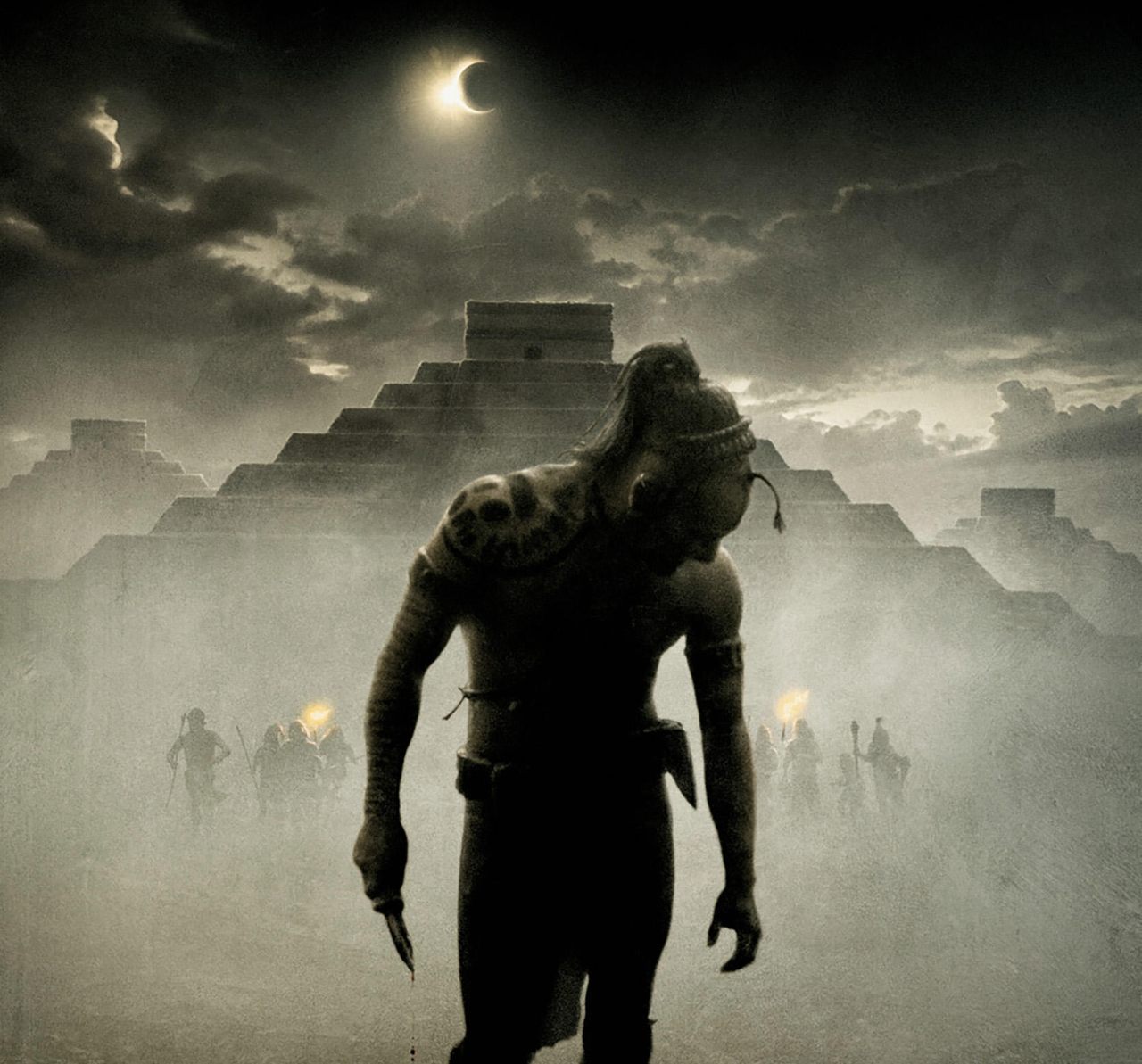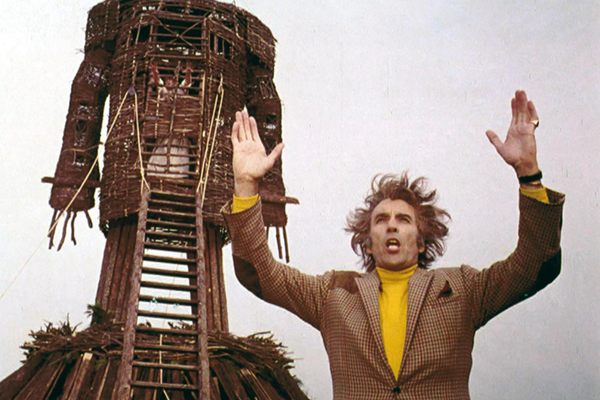Observe the Deadly Plot Twists Eclipses Trigger in Movies
It’s a dark and final curtain for both the sun and many fictional characters.
Eclipses have been present in cinema almost since the invention of film, from silent movies in the early 1900s all the way till turn-of-the-century anime and modern blockbusters. Their portrayals vary from filmmaker to filmmaker and are not always scientifically accurate, but oftentimes on-screen eclipses have a common thread. Many have a propensity to foretell a major change in the plot. Frequently, an eclipse can act as a deus ex machina of sorts that allows the rules of a cinematic universe to be broken.
“An eclipse can cause all sorts of disruptions,” says mathematician Ashley Christine. “It makes things darker and about 10 degrees colder. There’s even a slight change in color as the horizon is tinted orange. In addition to that, animals become confused and begin their nightly routines. Birds don’t sing, crickets chirp. It is so brief, but it makes for great storytelling. Like a portal to another world that only stays open for a few minutes.”
From Guillermo del Toro to James Cameron, eclipses have signaled something major is about to happen (call it a foreshadow), whether it’s a climactic scene, confrontational encounter, dramatic closure, or transformation.


One of the earliest film portrayals of the astronomical event occurred in 1907. This instance is romantic in nature, but ends with a kind of rebirth. Georges Méliès, considered the first filmmaker to experiment with fictional narratives, created the short The Eclipse: Courtship of the Sun and Moon. In the depiction, an anthropomorphic sun and moon ogle each other in anticipation of their encounter. An old astronomer, played by Méliès himself, observes the passionate episode through a telescope and, shocked by what he just saw, falls from a window. He lands in a barrel and is resuscitated by his students. The dazed astronomer takes some time to recover from his life-threatening moment of witnessing the moon overtaking the sun.
After more than a century since this initial portrayal, eclipses continue to lure directors and screenwriters alike with the same intensity that the sun and the moon were drawn to each other in Méliès’ silent film. Movies and even TV shows continue to insert them in the different narratives, sometimes as active elements of the plot and some others simply as part of the mise en scène.
It’s not uncommon for eclipses to appear in climactic scenes. In Barabbas (1961), a film by director Richard Fleischer that narrates the story of the prisoner who was chosen over Jesus to be pardoned and set free, a real eclipse is featured in the background during the crucifixion scene. Fleischer even decided to delay the shooting so the crew could capture the event in real time for the movie. It can’t be denied that there is an esoteric aspect that surrounds cinematic eclipses even now. Despite science having long explained the causes of this astronomical phenomenon, filmmakers seem unable to resist indulging in its obscure mysticism.

One of the main reasons eclipses continue to be so popular in film and television is because of their rarity and scale, according to Christine. “A total eclipse on Earth is a rare phenomenon even in the solar system,” she says. “Sure, other planets have moons that eclipse them, but our moon is perfectly positioned to block out the sun like a puzzle piece. The sun is about 400 times bigger than the moon and about 400 times farther away. NASA calls it a ‘cosmic coincidence.’”
Oftentimes, an eclipse moves the story forward but also unleashes something dark. In The Little Shop of Horrors (1986), based on the off-Broadway musical of the same name, the monstrous plant Audrey II mysteriously appears in a Chinese store during a total solar eclipse. Similarly, in the “Dreams Take Flight” episode of the Japanese anime series Sailor Moon (2000), a solar eclipse releases a villainous gang that attempts to use the energy of the sun to free an evil queen from a mirror prison. And, in Hellboy, the 2004 film directed by Guillermo del Toro, a lunar eclipse grants the protagonist the opportunity to open the gates of hell to release the seven gods of chaos.
Michael Siegel, astrophysicist and movie enthusiast, agrees that, since eclipses disrupt the natural harmony of sunrise-sunset or moonrise-moonset, it is only natural for creators to use this disruption as an analogy in a fictional narrative. “Human lives are defined by the sun. Our day-night cycles and our seasons are all determined by the location of the sun in the sky. Many ancient cultures worshiped the sun as a god. The sky and the movement of celestial objects has long been connected with the divine and prophecy,” he explains. “Eclipses are also relatively unusual, especially total solar eclipses, so one occurring in a TV show or movie is a big sign that something important is happening.”

This can include a confrontational encounter or an exchange of power. The film Apocalypto (2006) features a solar eclipse that helps to tip the balance in favor of the protagonist. In one of the pivotal scenes of the movie, the main character, Jaguar Paw, is about to be sacrificed in a Mayan altar, but is spared when the moon suddenly obscures the sun. The Mayans take the eclipse as a sign that the gods have been appeased, so Jaguar Paw’s life is pardoned. Finally, James Cameron is another one of the directors to have succumbed to the eclipse trope by featuring one during the final battle between the Metkayina clan and a group of members of the RDA in Avatar: The Way of Water (2022).
“There is certainly a metaphorical element to the powerful sun being eclipsed by the lesser moon,” Siegel says. “It can represent the powerless triumphing over the powerful. This goes all the way back to the biblical story of the ten plagues, where the 9th plague was darkness during the day, a triumph of God over the Egyptian sun god Ra, their most powerful deity, on behalf of a powerless people.”
Even though eclipses are cyclical and brief, their cameos seem to be tied to the concept of closure or at least transformation. There might not be any more female-looking moons and devilish-looking suns that lick their lips and wink their eyes at each other awaiting their interlude, but that same sense of reawakening experienced by the astronomer after falling from a window is still present within today’s cinematic portrayals.
“I suppose the darkness of an eclipse could be interpreted as a kind of final act or closing of the curtain,” Ashley Christine concludes. “Maybe writers and producers view it as a reboot, a way to begin again. Like a baptism of darkness.”










Follow us on Twitter to get the latest on the world's hidden wonders.
Like us on Facebook to get the latest on the world's hidden wonders.
Follow us on Twitter Like us on Facebook